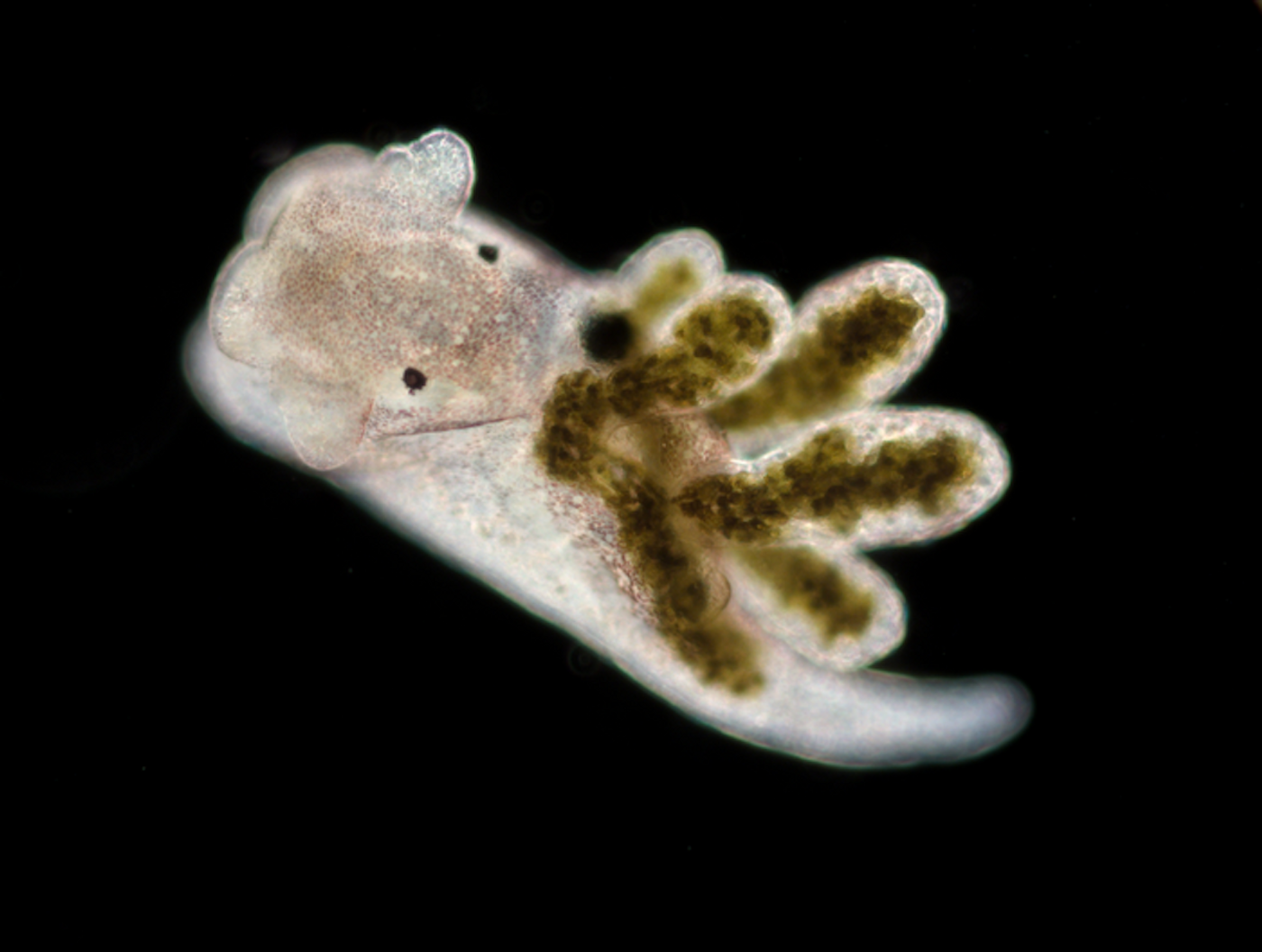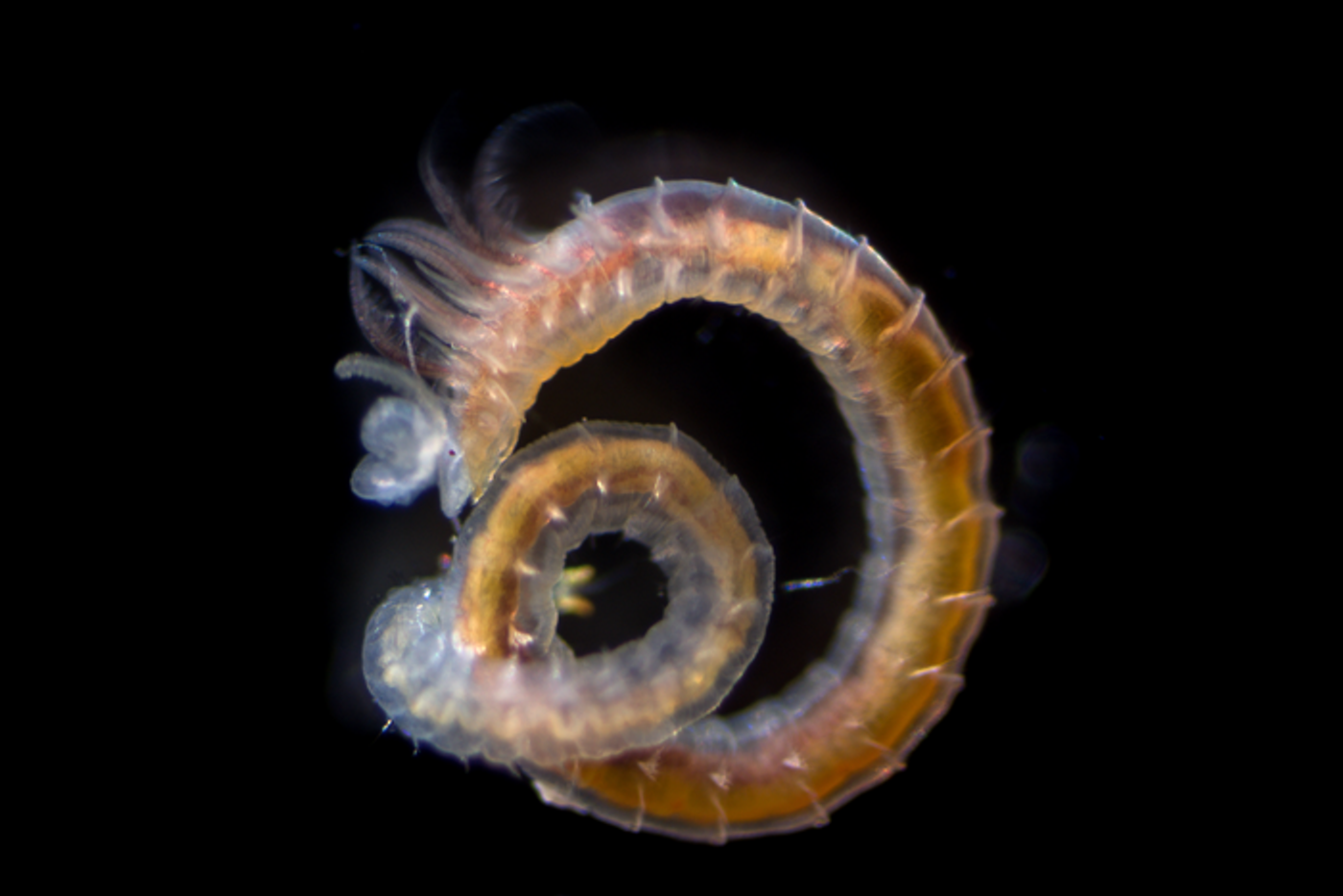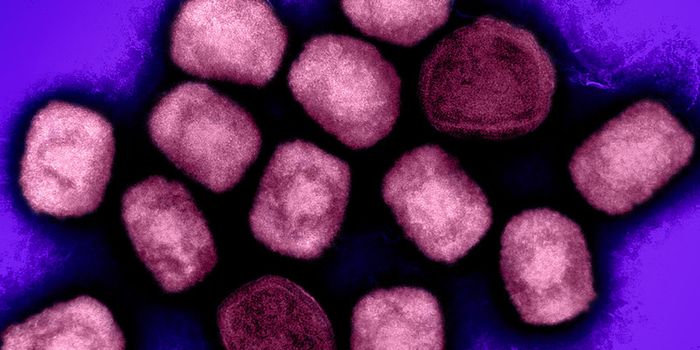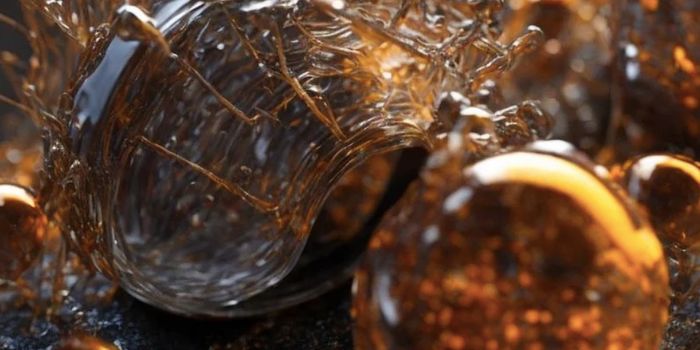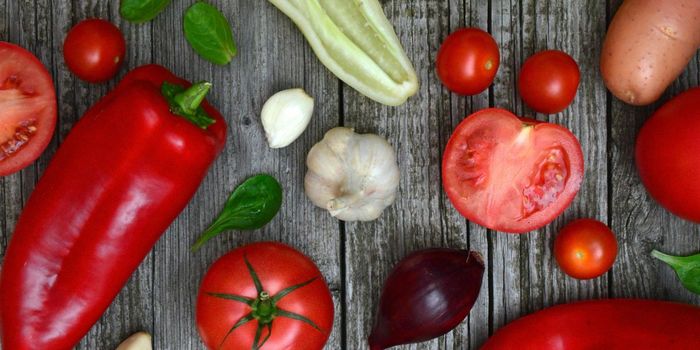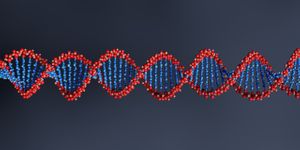Even the Smallest Organisms Can Host Distinct Microbiomes
The world is full of a diverse array of animals, including tiny creatures that are barely bigger than one cell, and it seems that even those minuscule organisms host bacterial communities. A lot of recent research news has centered on the gut microbiome - the bacteria in the gastrointestinal tract that help with food digestion and absorption. But there are microbiomes in other places, such as the skin and lungs.
Reporting in Nature Microbiology, scientists have now assessed microbiomes that are found in 1,037 animals, representing 21 different phyla that include most animals. While we already know a bit about microbiomes found in vertebrates and arthropods (Arthropoda is the largest phylum, containing invertebrates like crustaceans, insects, and spiders), the researchers wanted to expand the study of the microbiome. So, they also analyzed microbiomes in a phylum of ringed worms called Annelida, and unringed worms in Nematoda, as well as others.
The study has shown that microbiomes can be found in all kinds of small animals. The microbiomes of even very tiny animals were found to be unlike the bacterial communities in their environment.
However, when compared, the microbiomes found in closely related animals are not necessarily similar to one another. The researchers found that distantly related animals tended to host similar bacteria microbiomes when they lived in the same habitat.
“This says a lot about how microbiomes originated and how they evolve today,” said senior study author and University of British Columbia (UBC) evolutionary microbiologist Dr. Patrick Keeling.
Keeling noted that the microbiome might be thought of as beneficial to the host, but those bacterial communities are quite indifferent, and are pursuing "their own agenda.”
Bacteria that can be found living inside of animals typically like to live there; that suggests there is a “professional guild of animal specialists" among bacteria, which probably helped create the complex, co-evolved microbiomes that we have identified and investigated in humans and insects.
"But as we looked at a broader set of smaller marine animals, it became clear that the microbiomes of bigger creatures are likely exceptions, not the rule,” said Keeling.
Most bacterial species could only be identified in a few animals from a species, and most of those bacteria could also be found in other animals in the same environment, said co-first study author and postdoctoral fellow Dr. Corey Holt.
Now that a large survey of many different microbiomes has been performed, the researchers want to focus on some of the unique groups, and learn more about the evolution of those microbial communities.
Sources: University of British Columbia, Nature Microbiology
